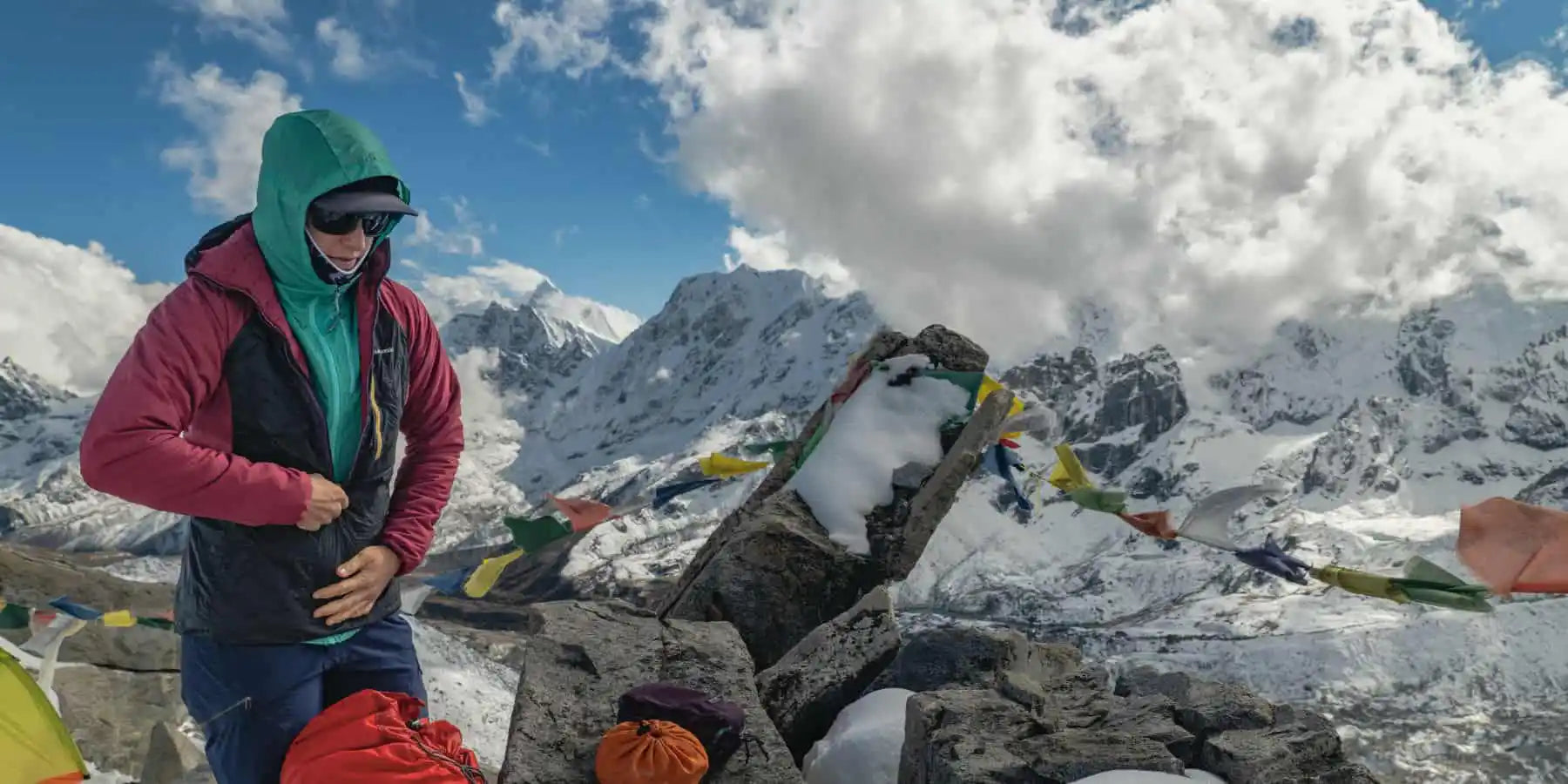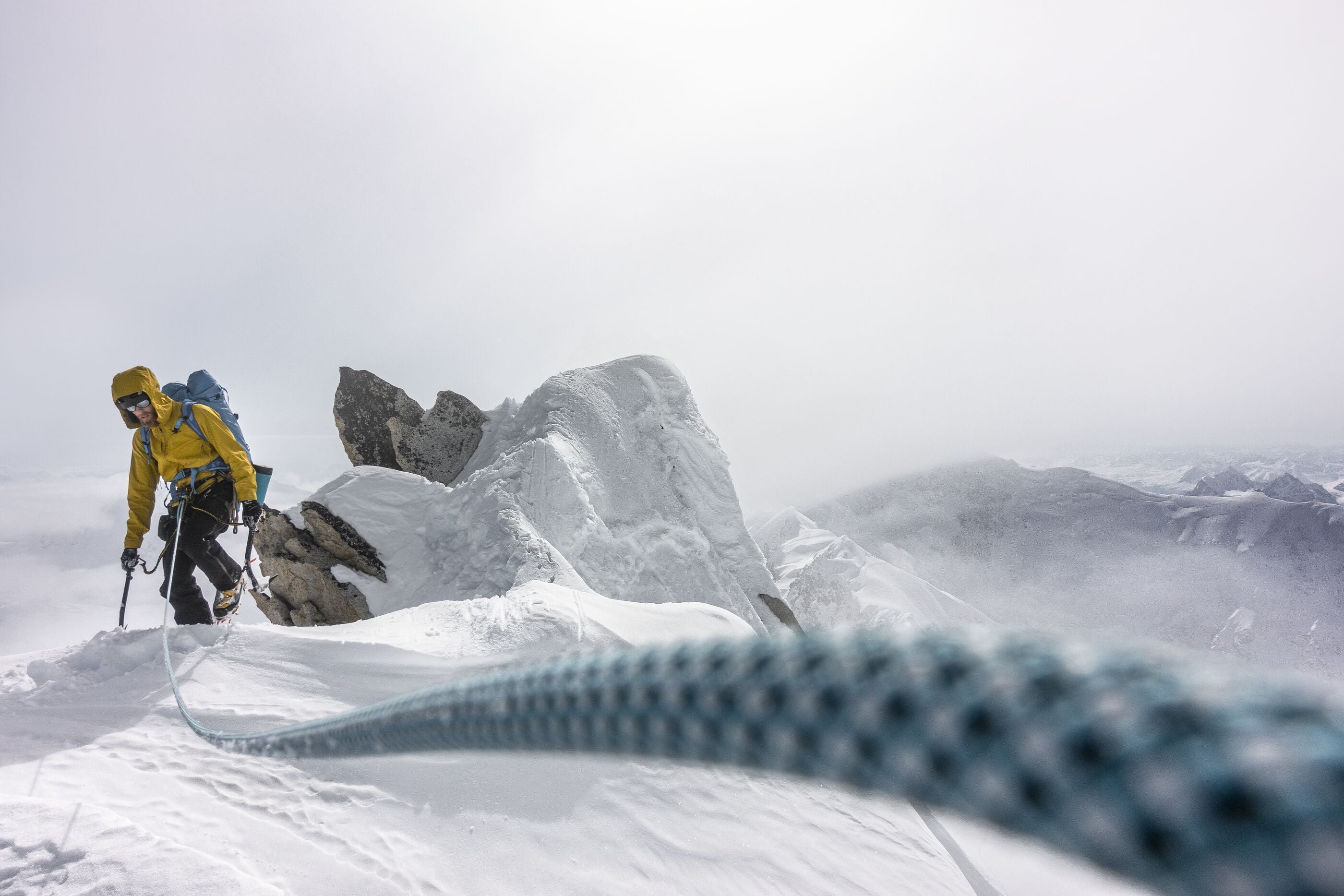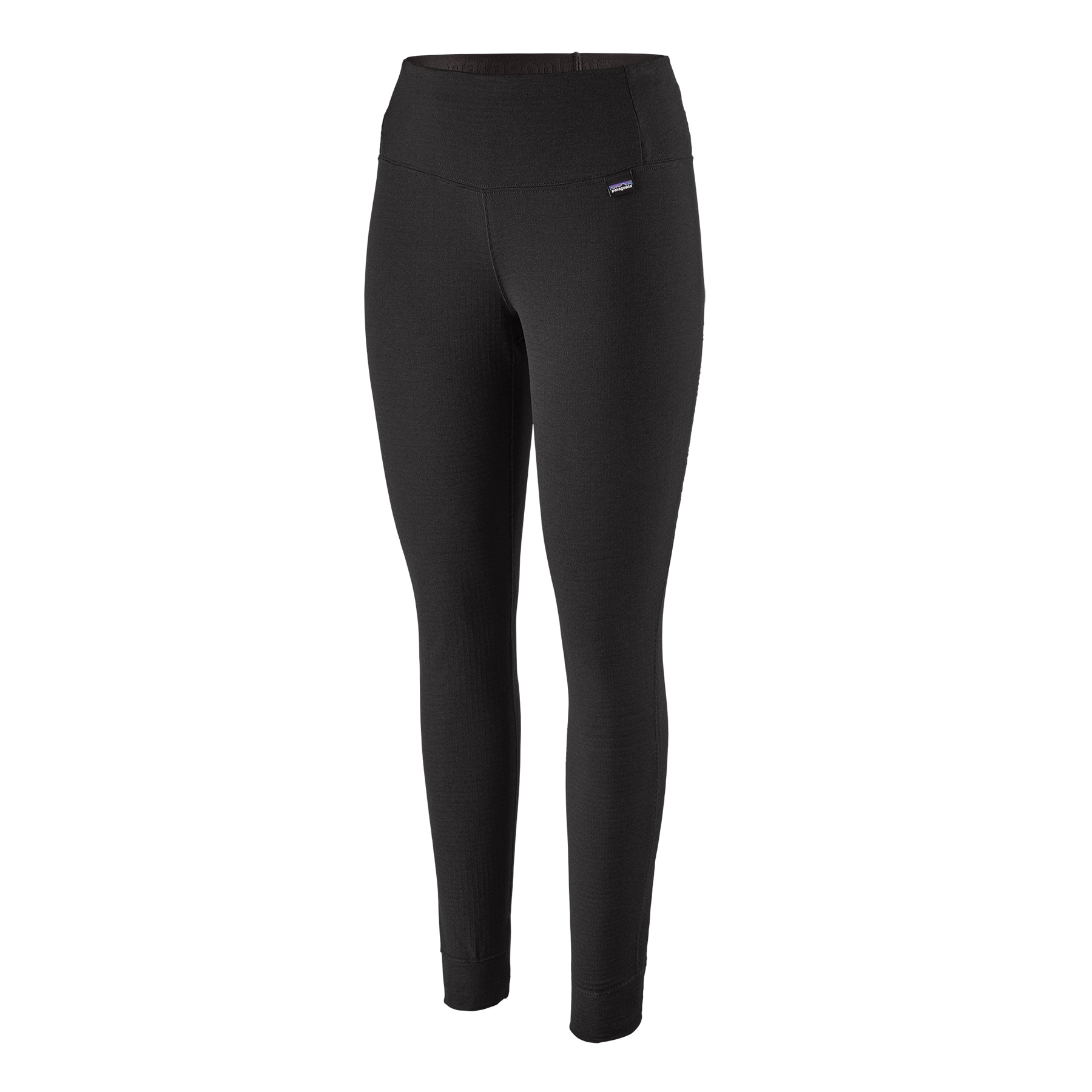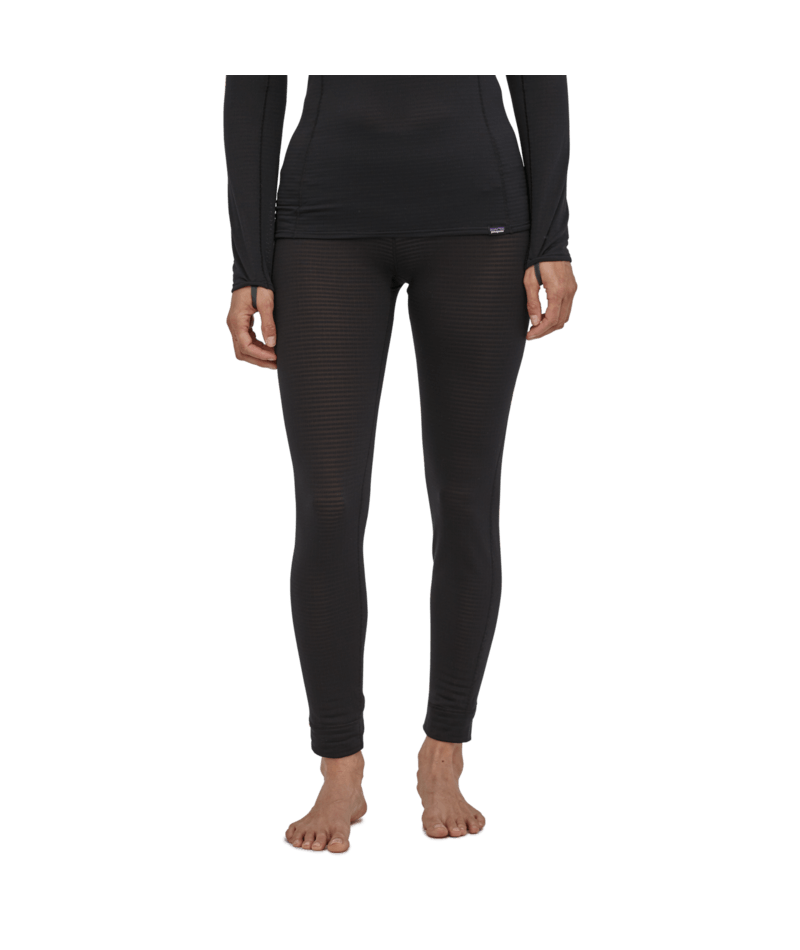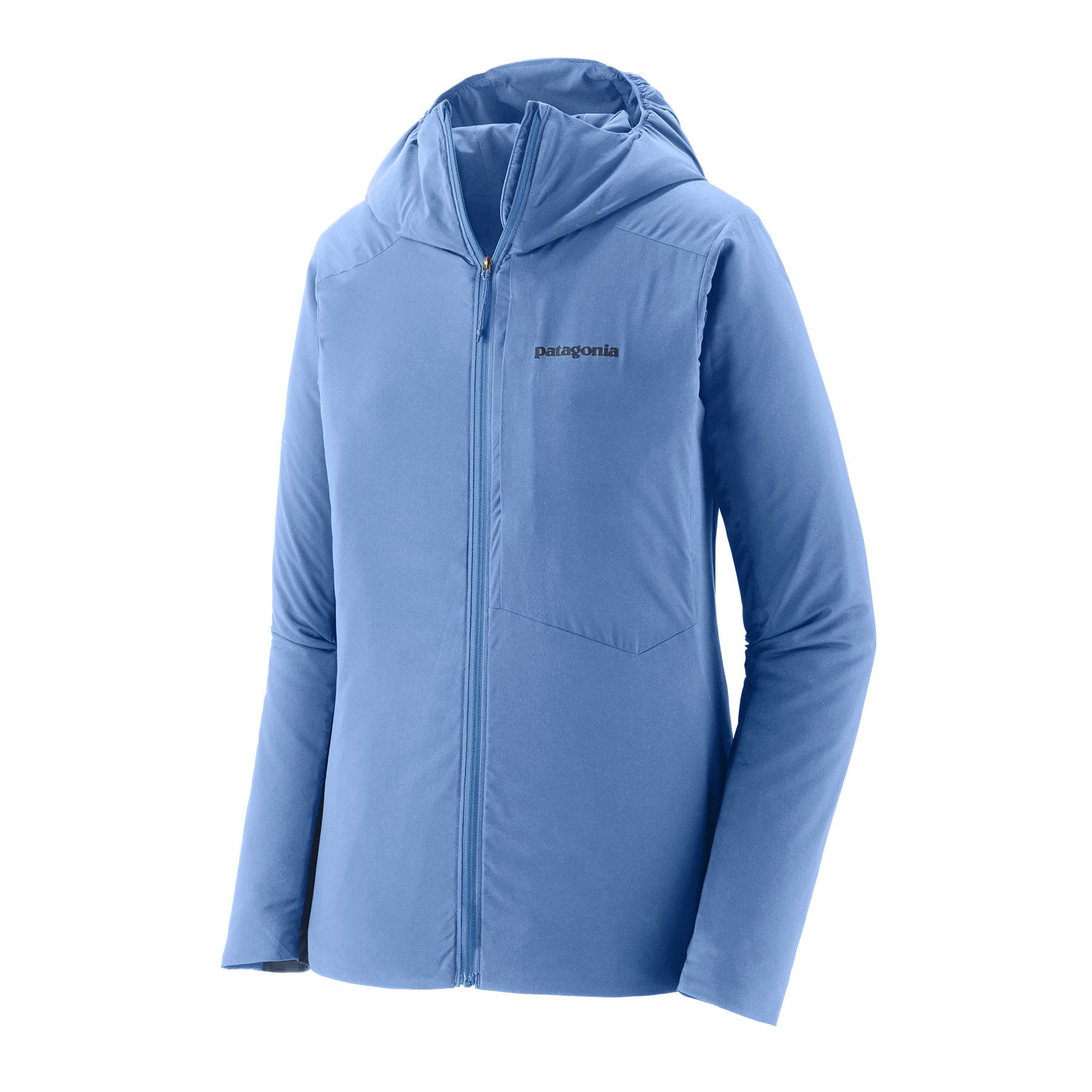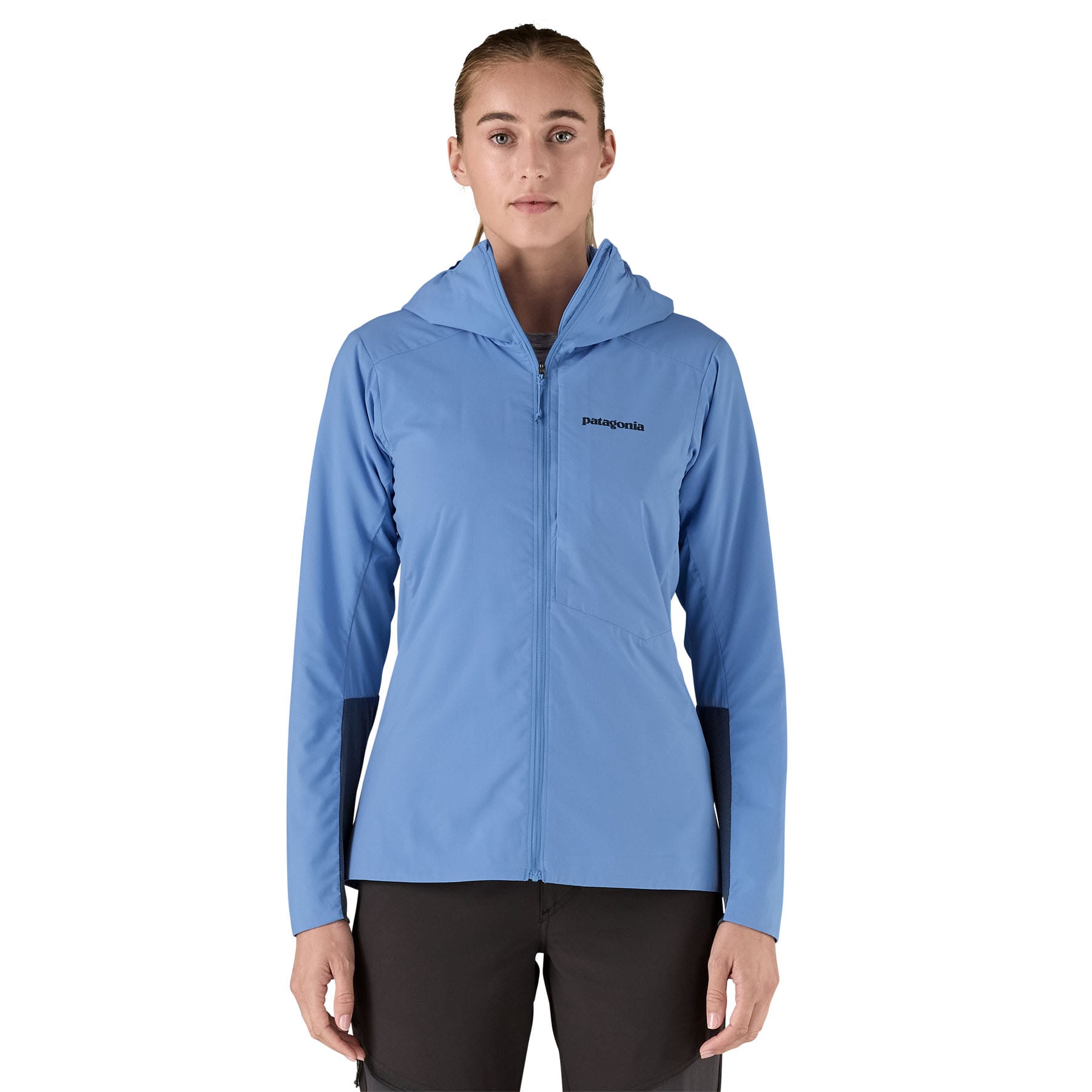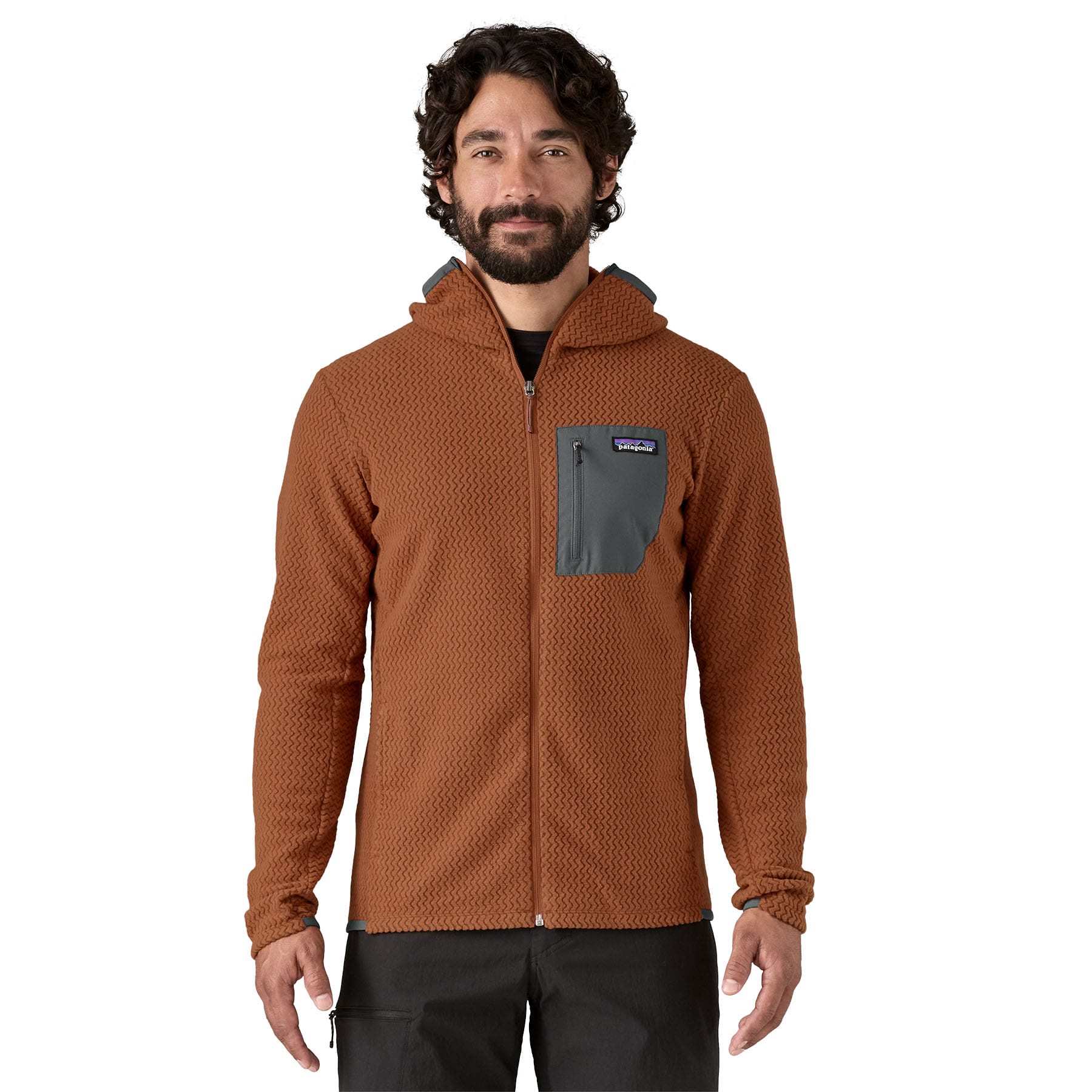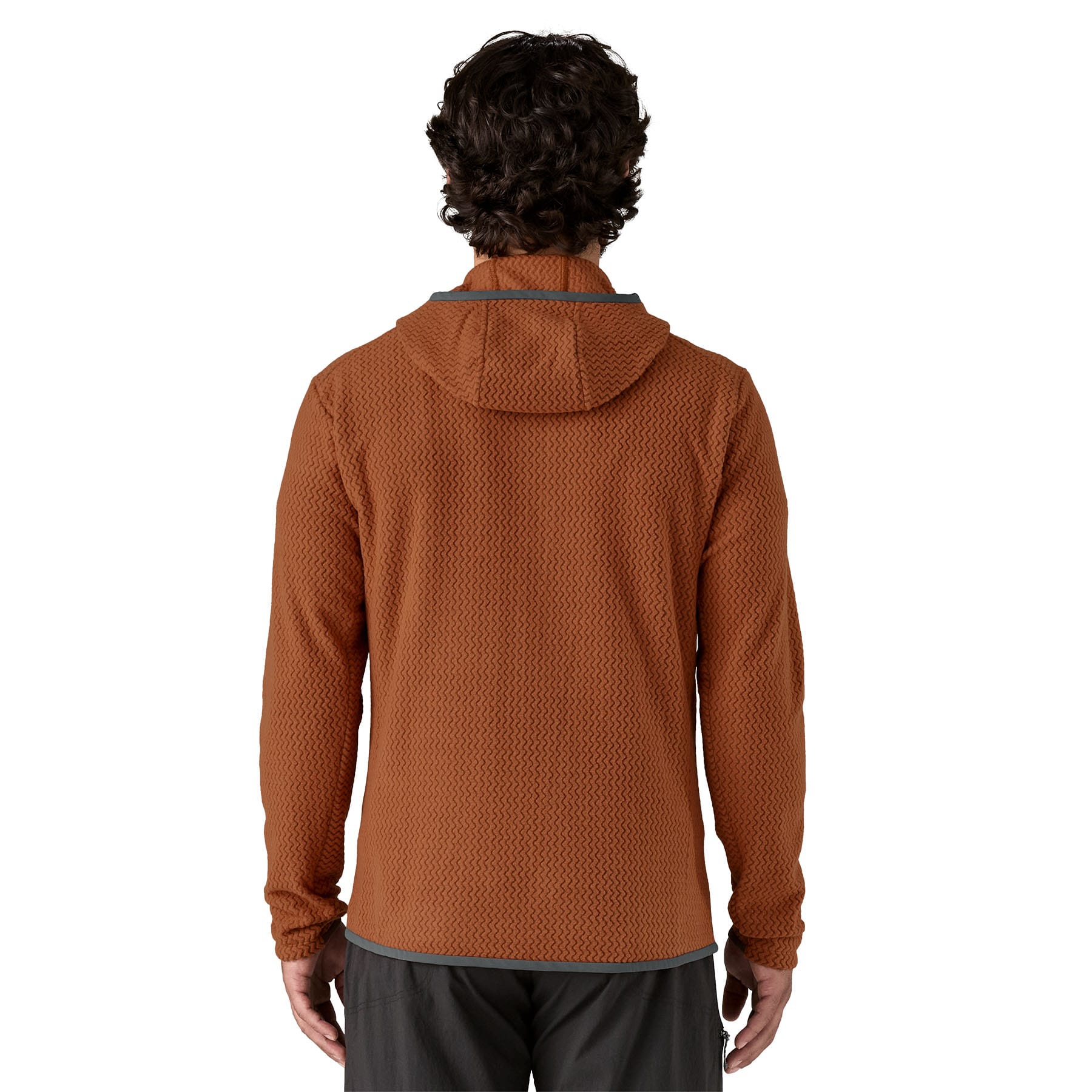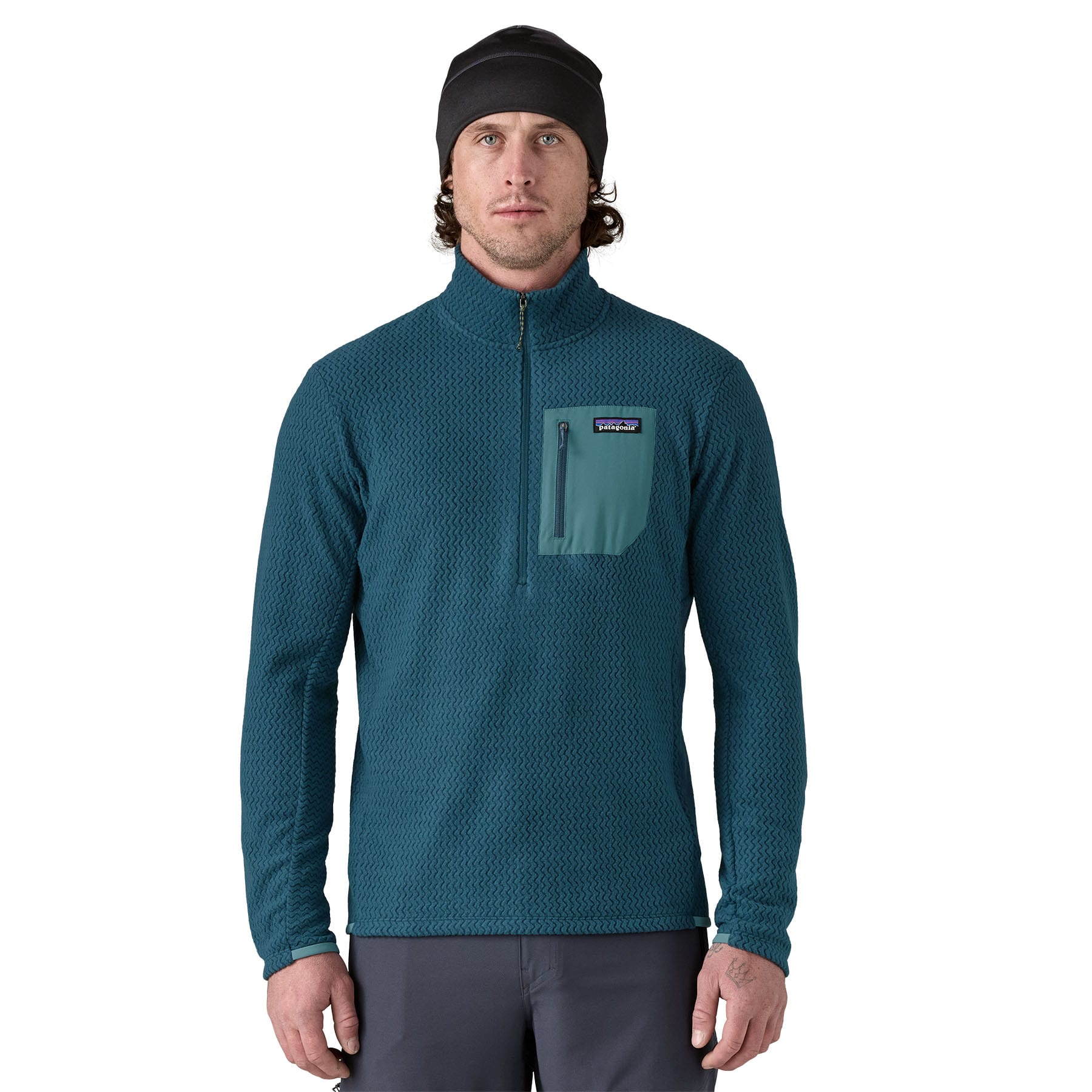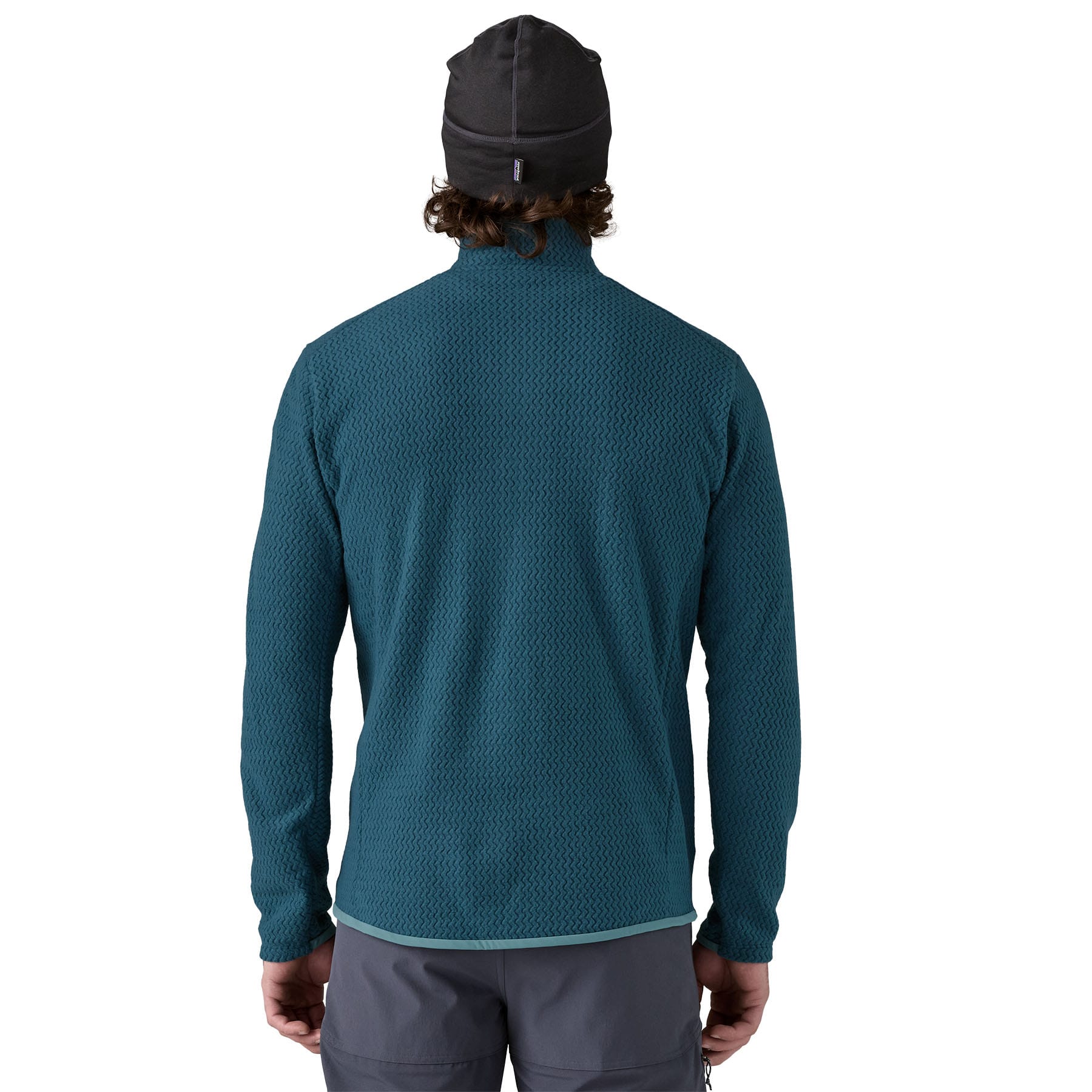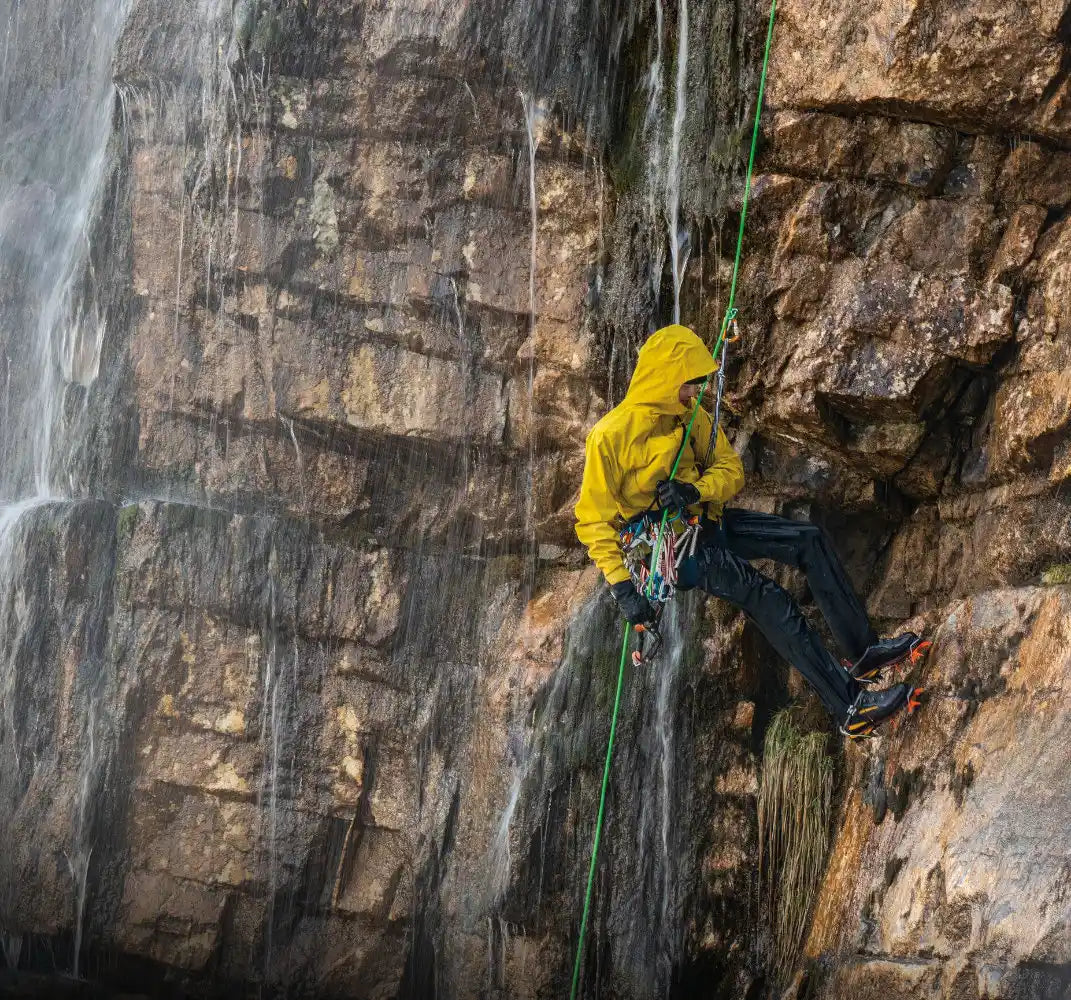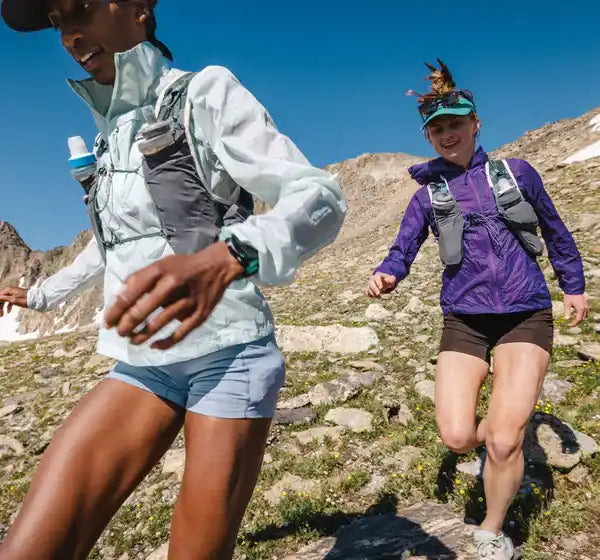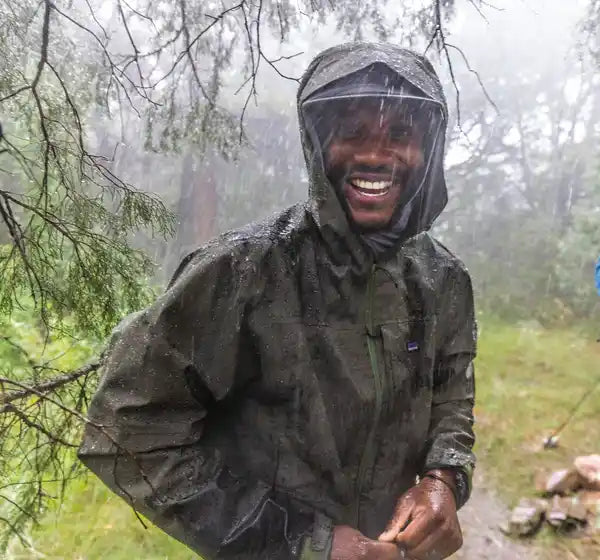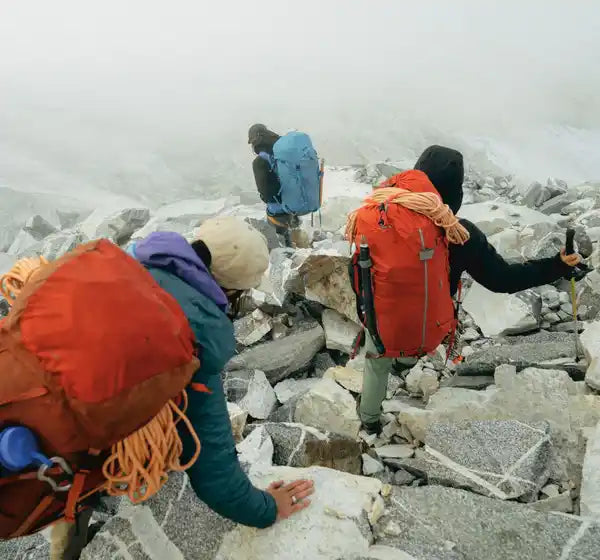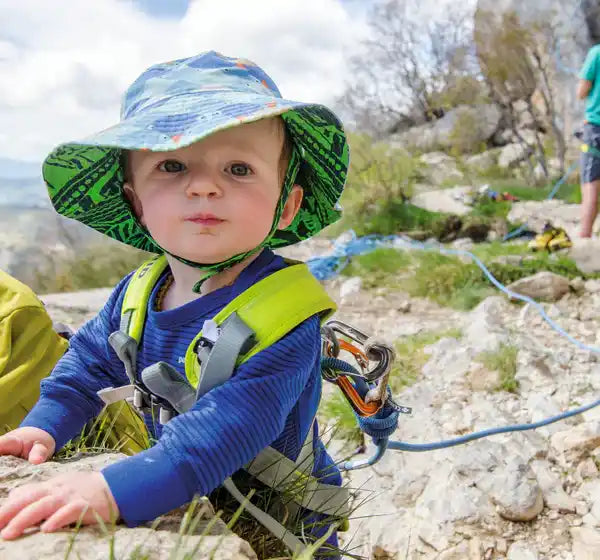Cold Weather Layering Guide
How to Layer for Cold Weather
Your cold-weather layering system consists of a baselayer, a midlayer and a shell. The baselayer wicks sweat away from your body to keep you comfortable. The midlayer traps heat to keep you warm. And the shell protects you from the elements. Combined, these three layers help you stay warm, dry and comfortable.
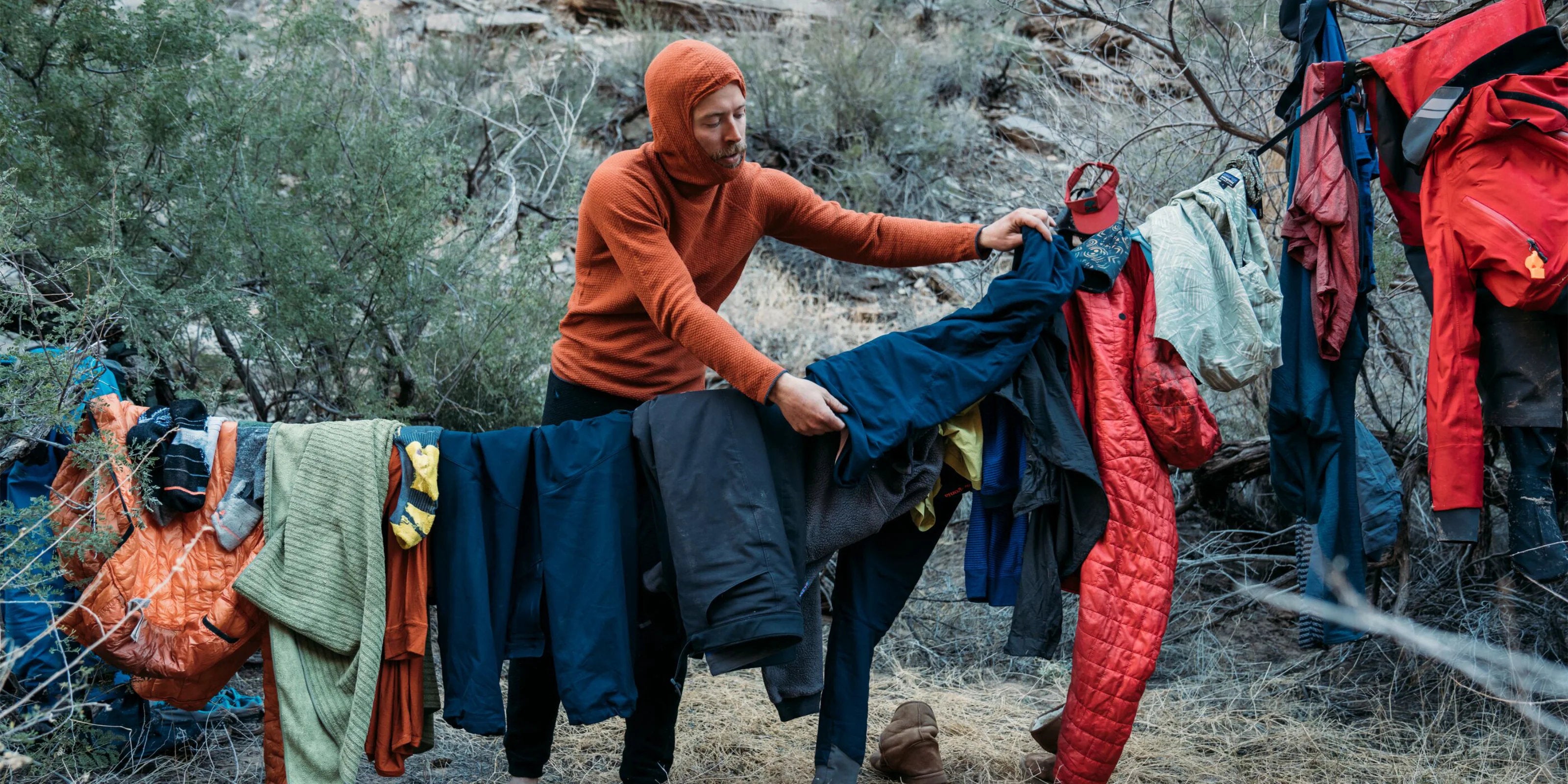
Choosing the Right Baselayer
What Is a Baselayer?
Baselayers are the foundation of your layering system. They are your sweat-wicking layer for next-to-skin comfort. By wicking moisture away from your body, they help prevent the fabric from getting soaked with sweat, which can make you cold when you stop moving. The best baselayers are the ones that go unnoticed, sit comfortably against your skin, and help keep you dry and comfortable during a wide range of activities and conditions.
We have two different styles of Capilene®️ baselayers to choose from. Our lightest option is Capilene®️ Midweight. It is versatile and fast-drying for high-exertion activities. We also have Capilene®️ Thermal Weight. Its lofted, grid fabric provides a step up in warmth, while still offering excellent breathability and odor control.
To choose the best baselayer, it’s important to understand how you’ll be using it. For high- exertion activities like trail running in mild temperatures, Capilene®️ Midweight is a good choice. For cooler conditions, Capilene®️ Thermal Weight makes sense. Remember, you’ll often be using a baselayer along with a midlayer, so it's important to factor in the warmth of your midlayer to determine what kind of baselayer you need for your cold-weather kit.
Explore Baselayer Tops & Bottoms
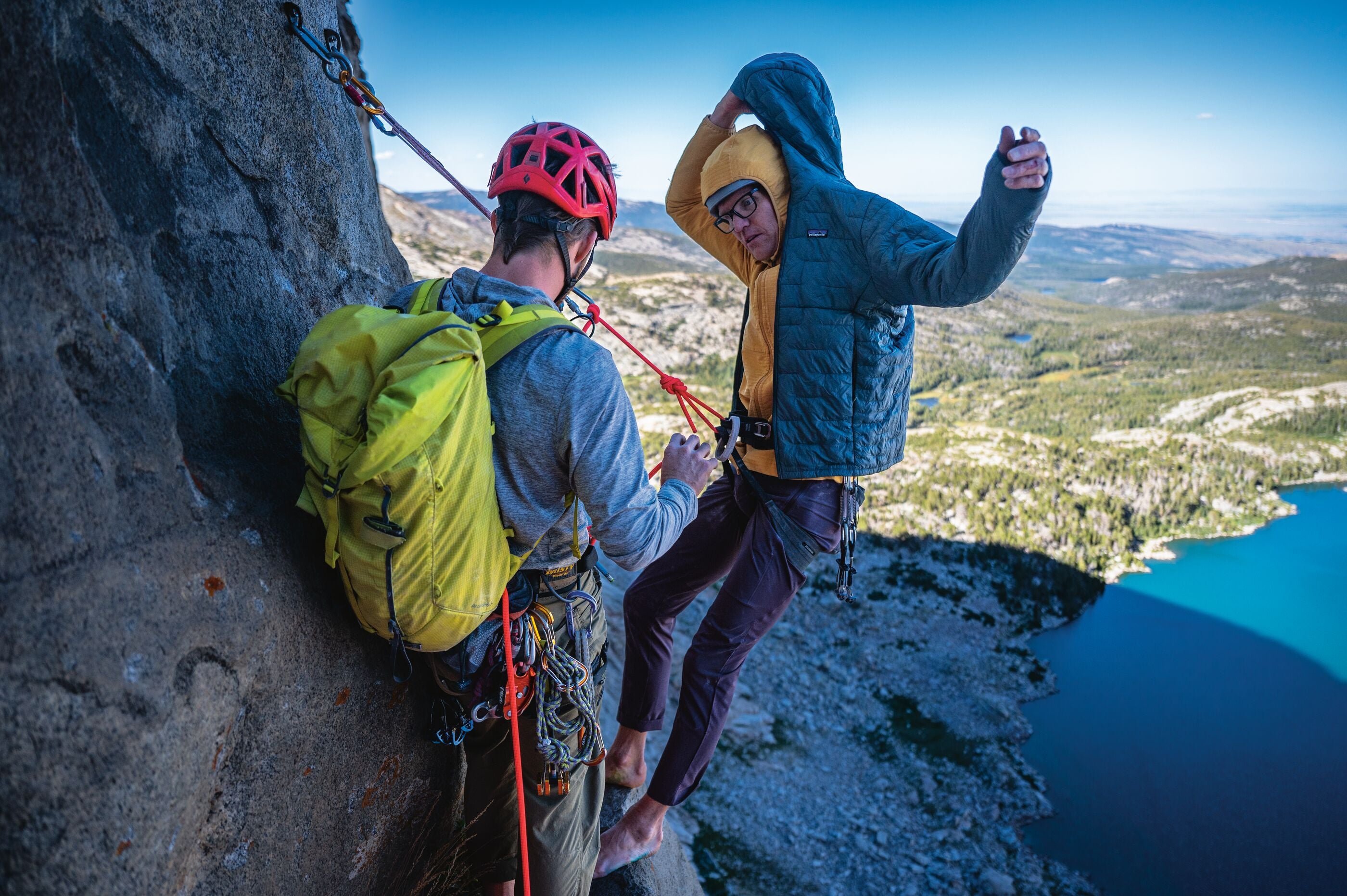
Choosing the Right Midlayer
What Is a Midlayer?
Midlayers help you stay warm. They trap your body’s heat as you move, but they’re also designed to allow breathability. As the name suggests, you wear your midlayer between your baselayer and your shell. In fair weather conditions, you can often get away with just a midlayer as the outermost layer of your cold-weather kit.
We have two different categories of midlayers, technical fleece and insulated products. We’ll start with technical fleece. Our Regulator®️ Technical fleece, as defined by R1 and R2 in product names, has a versatile, highly breathable knit fabric designed to keep you warm during high-exertion activities in cold weather. They’re stretchy, they’re comfortable and they’re designed to handle a wide range of conditions.
Then we have our insulated midlayers. Within this category we have down, synthetic and active insulation. Down insulation is made from duck and goose feathers, providing an excellent warmth-to-weight ratio. Down is highly compressible and lightweight, making it a great choice for cold, dry conditions when weight and space are at a premium. Synthetic insulation is the alternative to down and is the best midlayer for wetter conditions. It’s also lightweight and packable, but unlike down, it keeps you warm even when wet. Our final option is active insulation. These layers have some stretch and exceptional breathability, and they can help moderate your temperature as you move. Active insulation, led by our Nano-Air®️ products, has become the go-to midlayer for mountain athletes during high-output activities in cold weather.
To choose the midlayer you need, think about where and how you’ll be using it. The kinds of sports and activities you’re performing and the climate where you live are important considerations when selecting a midlayer. The final consideration is the silhouette. We have jackets, vests, half-zips and more to help you dial in the exact system you need.
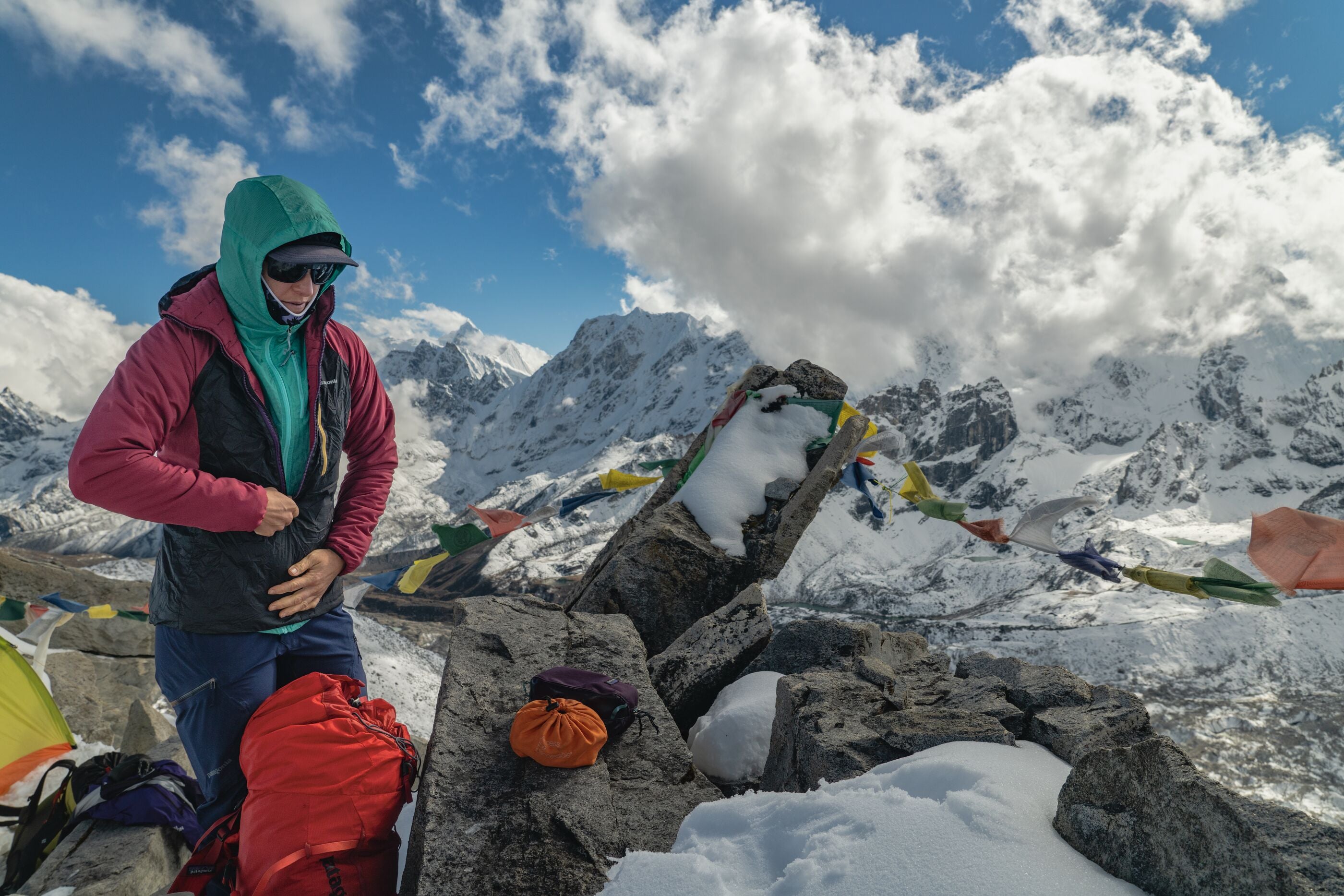
Choosing the Right Shell
What Is a Shell?
A shell protects you against the elements. It’s a durable, waterproof or wind-resistant layer that is worn over your midlayer. You might not wear a shell all day long, but if a storm rolls in, it’s a crucial piece of gear to have ready at a moment’s notice.
We have three different types of shells: soft shells, wind shells and waterproof shells. Each kind helps keep you warm and dry, but they all excel in slightly different conditions for different activities. Let’s start with soft shells. These are the most comfortable shells we make. They have some stretch and breathability and can handle light precipitation because thanks to a DWR (durable water repellent) finish on the exterior fabric. Then we have wind shells. They do what the name suggests: They block wind. They naturally shed precipitation, too, and they pack down small to disappear in your pack. Finally, we have waterproof shells. These block rain, sleet and snow to keep you dry. They also feature vents to dump excess heat and moisture.
When trying to find the right shell, think about how important it is to you to have a waterproof outer layer. If you’re in the Pacific Northwest or like skiing in storms, a waterproof shell is a must. If you value comfort and mobility and don’t like storms, a soft shell thrives in fair conditions. But if lightweight packability is your goal, then a wind shell is your choice.

